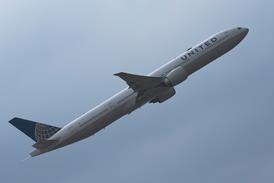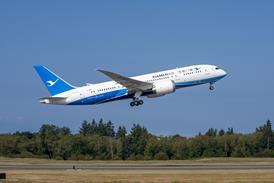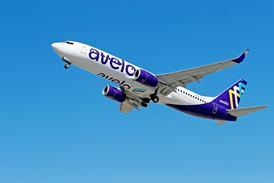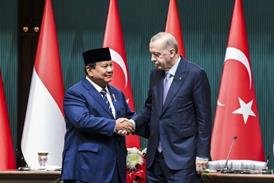French investigators are recommending inspection of elevator cables on De Havilland Canada DHC-6 Twin Otters after discovering severe fraying on the Air Moorea aircraft which crashed in French Polynesia during August.
The Bureau d’Enquetes et d’Analyses (BEA) says that examination of the wreckage, following its retrieval from the sea off Moorea, shows that two stainless-steel elevator control cables were heavily worn.
BEA says the cables were chafed by passage through cable guides located aft of station 426, and adds: “This wear, which was accompanied by broken wires, had reduced the loaded section of the cable by more than 50% in some parts.”
Although the cables had been inspected at least twice since 17 November last year, during routine maintenance, the investigators point out that the frayed areas are “difficult to identify” without an in-depth examination.
BEA says: “They were therefore not noticed during initial visual examination.”
It is recommending that the European Aviation Safety Agency and Transport Canada require Twin Otter operators to inspect stainless-steel elevator control cables as soon as possible, and to consider extending this process to carbon-steel cables that might also be installed on the type.
All 19 passengers and the single pilot on board the Air Moorea aircraft were killed when it crashed shortly after take-off on 9 August, while on a shuttle flight to Papeete. BEA says the inquiry is continuing and it expects to produce an interim report on the accident within a few weeks.
Source: Air Transport Intelligence news
Source: FlightGlobal.com











































